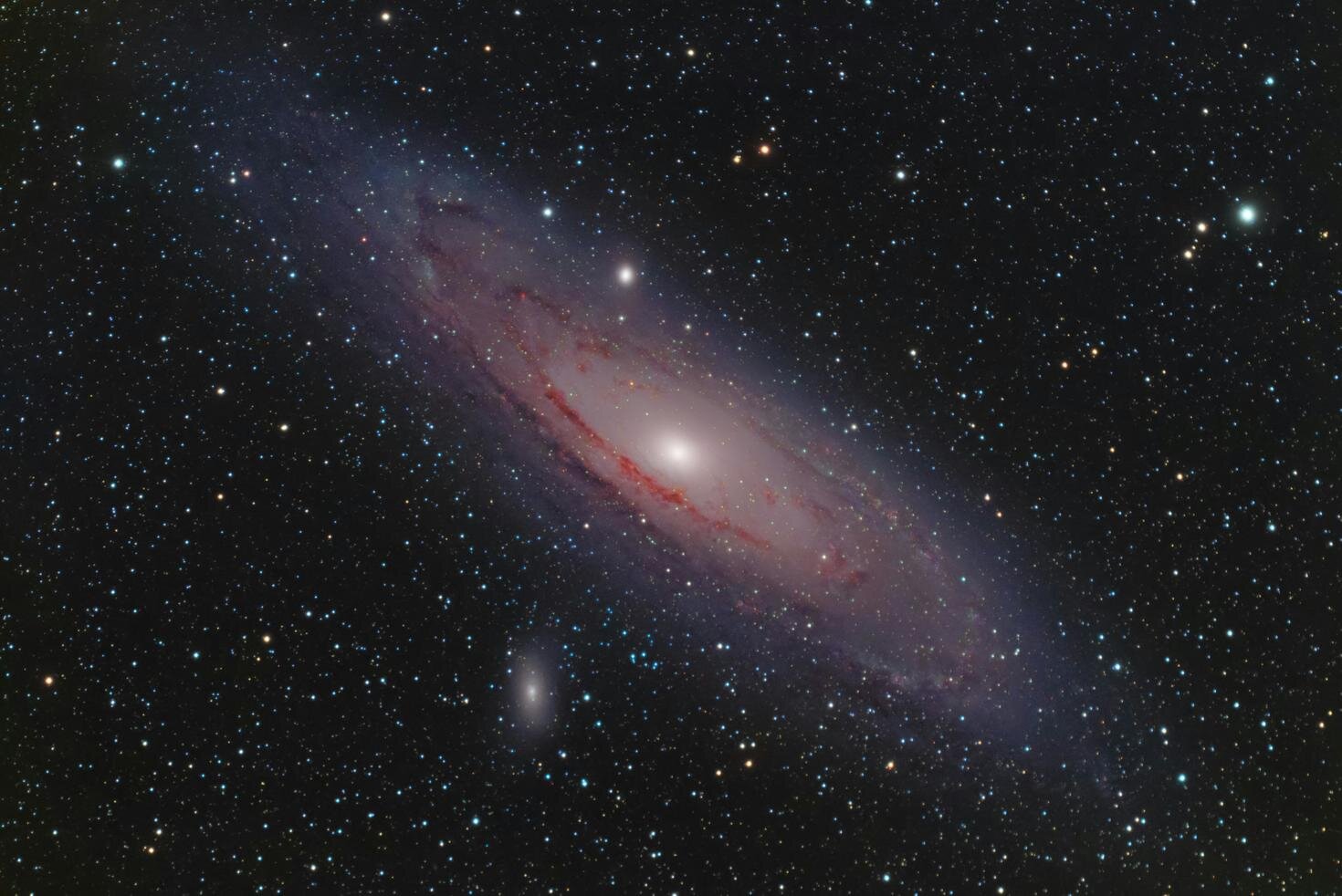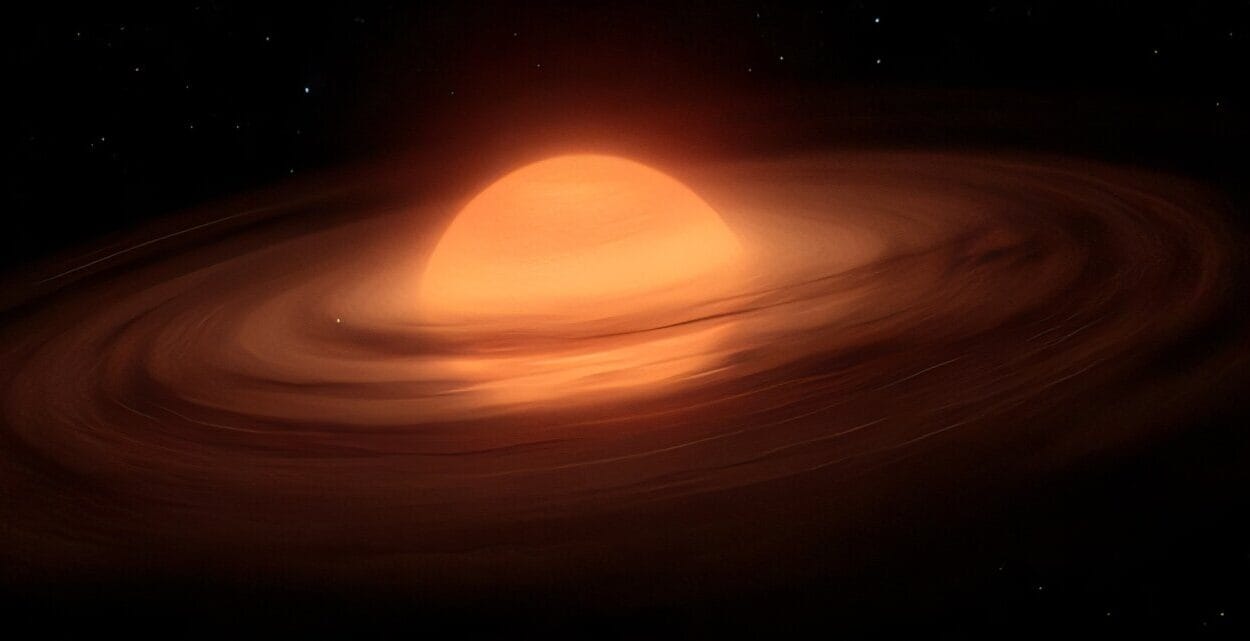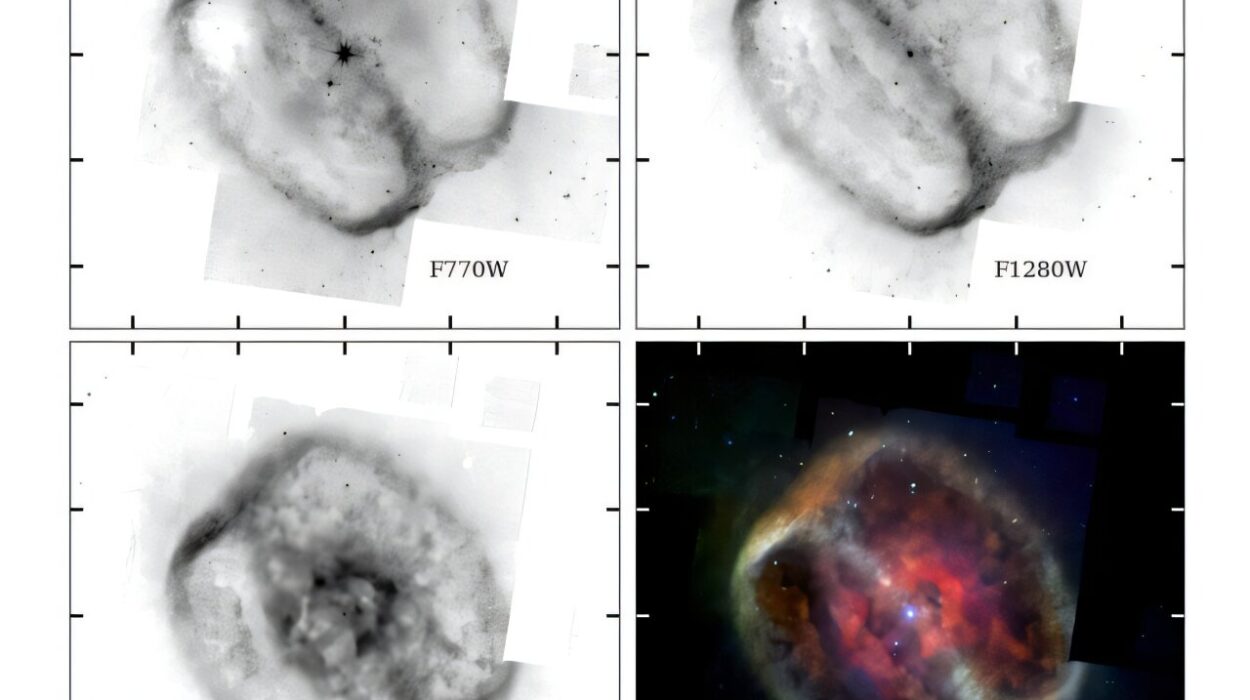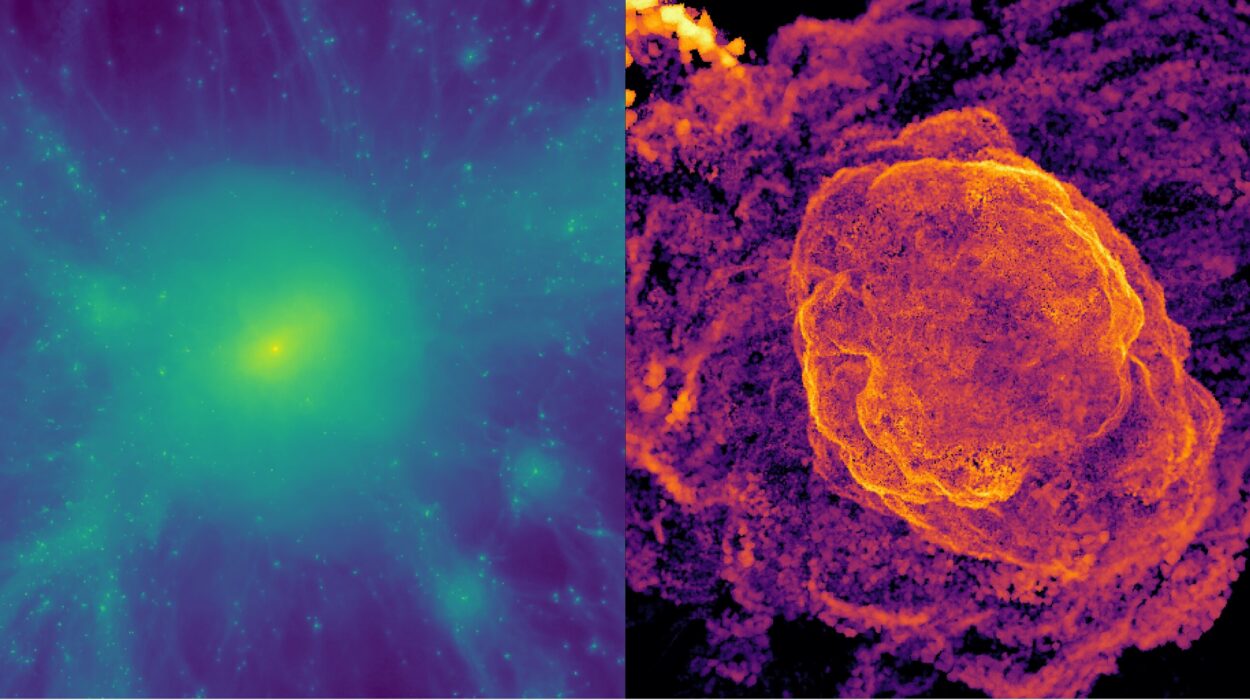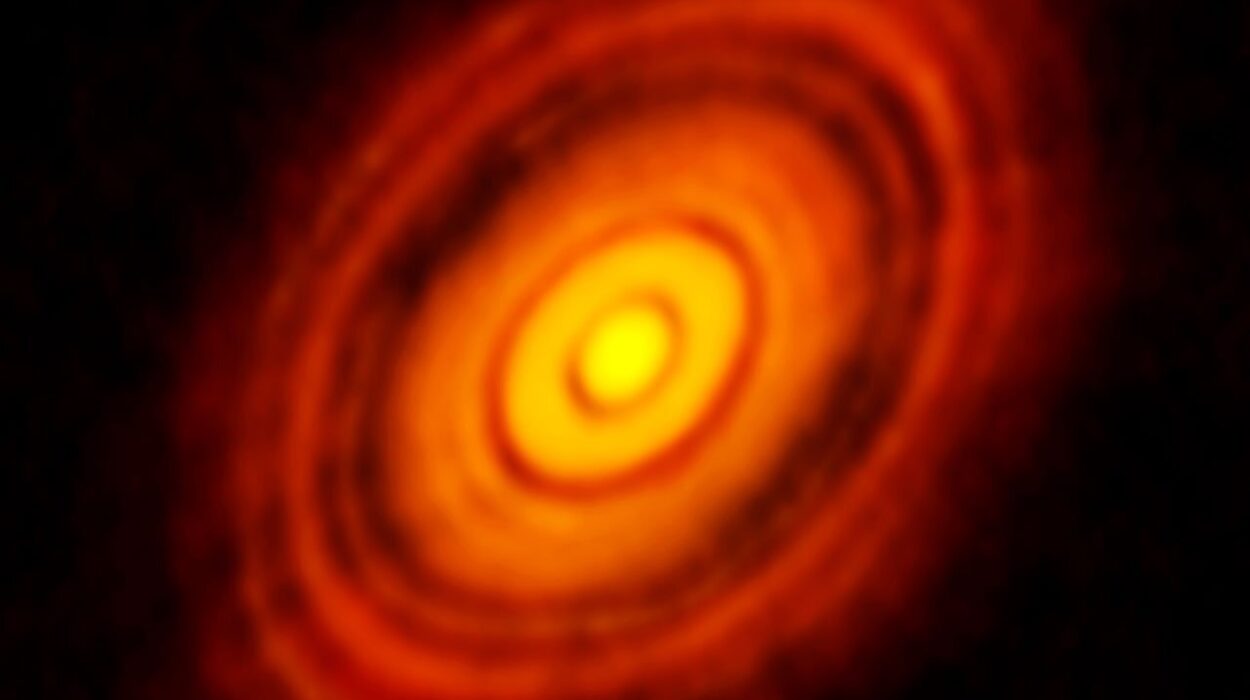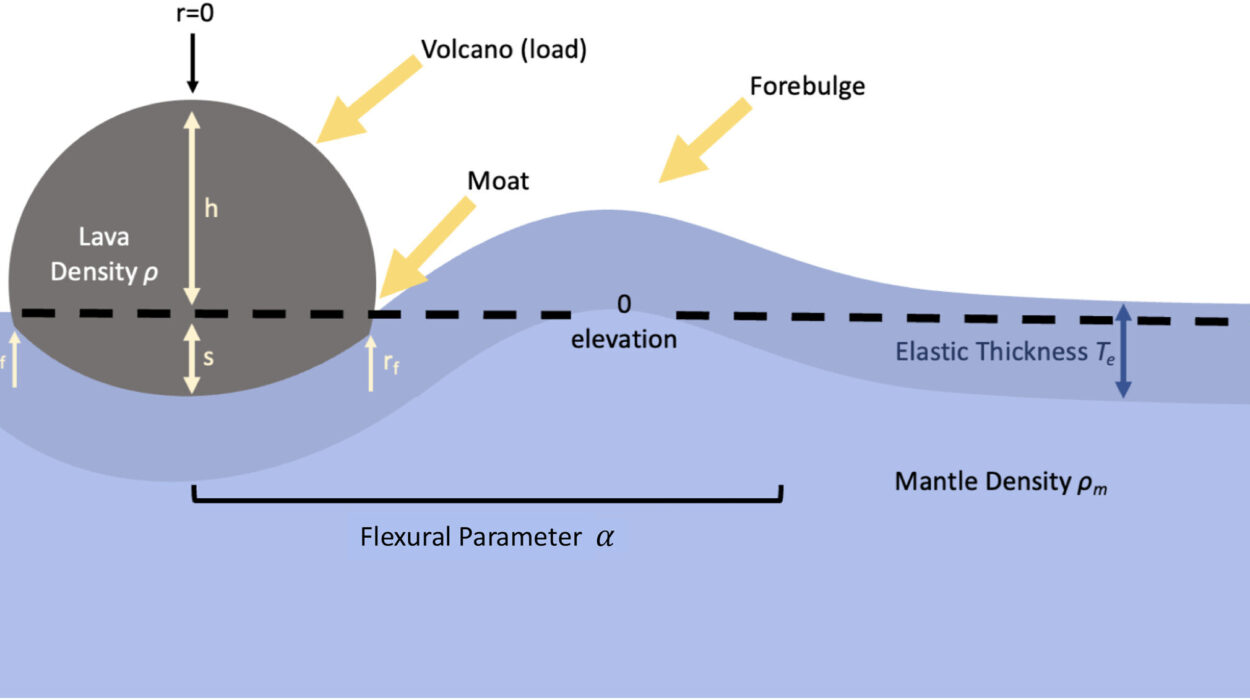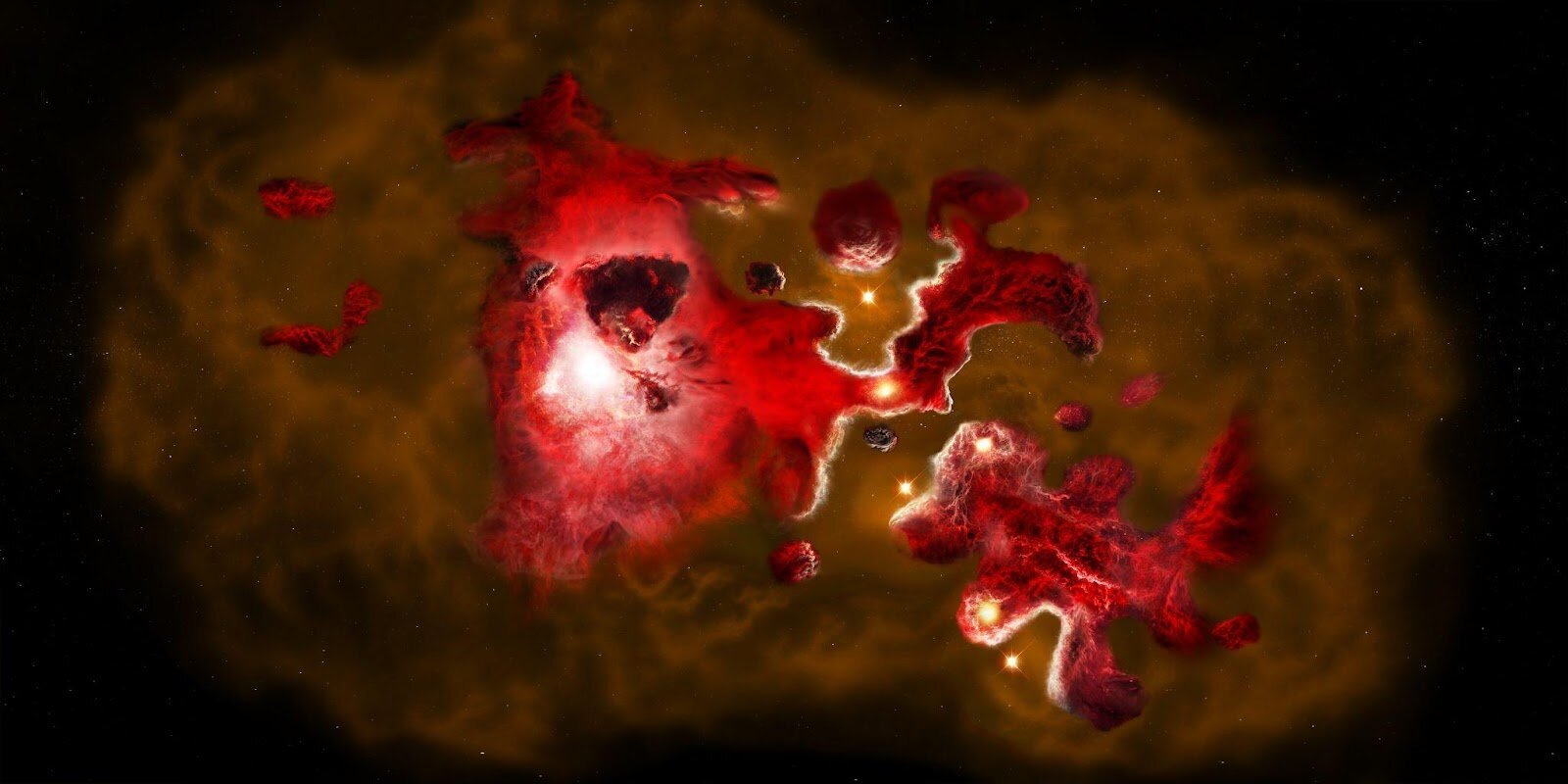For nearly a century, astronomy has carried two ghosts: dark matter and dark energy. These unseen entities are believed to dominate our universe, shaping galaxies and driving cosmic expansion, yet they remain undetected. According to mainstream cosmology, everything we see—stars, planets, gas, dust, even ourselves—makes up less than 5 percent of the universe. The other 95 percent is an invisible mystery.
But what if those shadows aren’t real at all? What if the universe is not hiding anything, but instead simply changing with time? A new study led by Professor Rajendra Gupta, a physicist at the University of Ottawa, offers a radical alternative: dark matter and dark energy might be illusions, arising from the gradual weakening of the fundamental forces of nature as the universe ages.
If true, this changes everything. It would mean the universe is not a puzzle filled with missing pieces, but a grand story of evolving laws—an epic where even gravity itself is not fixed, but alive, shifting, and stretching across cosmic time.
The Fragile Strength of Forces
The world around us appears stable. Gravity keeps our feet on the ground. Electromagnetic forces bind atoms and light up our cities. Nuclear forces hold the cores of atoms together. For centuries, physicists have treated these natural forces as timeless constants—unchanging and eternal.
Professor Gupta challenges that assumption. He proposes that these forces are not written in stone but in sand, subtly eroding as the universe grows older. In his model, the universe’s forces get weaker on average as space expands.
This shift creates illusions. On the largest scales—billions of light years across—the weakening makes it seem as if a mysterious energy is pushing galaxies apart faster and faster. We call it dark energy. On smaller, astrophysical scales—inside galaxies and clusters—the variation of forces produces an extra pull, as though some hidden matter were providing extra gravity. We call it dark matter.
But perhaps there are no hidden entities. Perhaps what we’ve been calling dark matter and dark energy are just the universe’s evolving heartbeat, reflected in changing constants.
Unifying the Cosmic Puzzle
One of the most striking aspects of Gupta’s model is its simplicity. In standard cosmology, dark matter and dark energy are two separate mysteries requiring different explanations, different equations, different assumptions. Dark matter is invoked to explain why galaxies spin too fast at their edges, while dark energy explains why the universe’s expansion is accelerating.
But Gupta’s framework addresses both with the same principle: evolving constants of nature. Instead of two unknowns, he offers one unified idea.
On cosmic scales larger than 600 million light years, his model shows that weaker forces mimic the effect of dark energy. On smaller, lumpier scales, such as within galaxies, the variations in force strength mimic the extra gravitational pull we attribute to dark matter. One principle, one equation, two mysteries resolved.
This is not only elegant but revolutionary. It suggests that the universe may be more straightforward than we’ve imagined—that nature might not be hiding exotic new particles or invisible energy, but simply expressing itself differently as time flows.
Galaxies Without Ghosts
For decades, astronomers have puzzled over the “rotation curves” of galaxies. Stars at the edges of spiral galaxies move far faster than Newtonian physics predicts. According to conventional wisdom, there must be massive, invisible halos of dark matter surrounding galaxies, providing the necessary gravitational glue.
Gupta’s theory offers another explanation. He introduces a parameter, denoted α, which emerges from allowing the coupling constants of nature to evolve. In effect, α behaves like an extra component in the gravitational equations, producing the very same effects attributed to dark matter halos.
But there is no need to imagine halos of exotic particles. Instead, the extra pull arises naturally from the universe’s shifting forces. Where matter is dense—near stars, planets, and black holes—the effect is smaller. Where matter thins out—in the vast reaches of galactic outskirts—the effect is larger. The result: the same flat galaxy rotation curves, but without dark matter.
In this vision, galaxies are no longer haunted by invisible halos. Their behavior emerges directly from the living laws of physics.
A Universe Twice as Old
The implications stretch far beyond galactic dynamics. Gupta’s model also reshapes our timeline of the universe itself. In standard cosmology, the universe is about 13.8 billion years old. Yet some astronomical observations seem puzzling within this timescale. Galaxies in the early universe appear too massive, too well-formed, too soon. Supermassive black holes—millions of times the sun’s mass—exist at epochs when there shouldn’t have been enough time for them to grow.
Gupta’s evolving constants extend the cosmic clock. In his model, the universe could be almost twice as old, allowing far more time for galaxies and black holes to form naturally. Suddenly, the early universe is not impossibly crowded with giants—it simply had longer to grow them.
This expanded timeline not only resolves long-standing tensions in cosmology but also paints a richer, slower story of cosmic evolution, one where complexity emerges with grace rather than haste.
The Emotional Impact of a New Idea
The possibility that dark matter and dark energy may not exist is staggering. Generations of scientists have devoted their careers, and billions of dollars, to the search for dark matter particles—through underground detectors, space telescopes, and particle accelerators. Yet no particle has ever been found.
If Gupta is right, those decades of searching may have been a hunt for shadows. Instead, the universe may never have hidden anything from us at all. It was our assumptions—the belief in unchanging constants—that created the ghosts we named dark matter and dark energy.
There is something profoundly human in this. We invent stories to explain what we don’t understand. Sometimes those stories endure for centuries before a new idea illuminates a simpler truth. The elegance of Gupta’s theory lies in its humility: maybe the universe doesn’t need exotic additions. Maybe it just needs us to let go of the idea that its rules never change.
The Challenge to Orthodoxy
Of course, such a radical claim will face scrutiny. The current standard model of cosmology, known as ΛCDM (Lambda Cold Dark Matter), is not easily displaced. It has successfully explained a wide range of observations, from the distribution of galaxies to the afterglow of the Big Bang. To overthrow it requires not only a bold idea but a flood of evidence.
Gupta’s work has been published in the peer-reviewed journal Galaxies, but the journey from new theory to accepted paradigm is long. Other physicists will test the model against observations, searching for cracks or confirmations. Does it reproduce the precise patterns of the cosmic microwave background? Does it predict galaxy clustering accurately across scales? Can it explain gravitational lensing—the bending of light around massive objects—with the same precision as dark matter models?
These are hard questions, and only time will tell whether Gupta’s framework stands. But even if it ultimately fails, it pushes physics forward by daring to ask: are our most cherished assumptions correct?
A New Way of Seeing the Sky
What excites many about Gupta’s work is its philosophical resonance. It reawakens a sense of simplicity in the cosmos. Instead of a universe dominated by invisible, unmeasurable entities, we may live in a universe that is transparent—its mysteries not hidden, but emerging from the subtle, evolving dance of its own laws.
Imagine looking at the night sky through this lens. The stars and galaxies would no longer be draped in cloaks of unseen matter or pushed by unknown energies. Instead, they would be storytellers, their motions and light reflecting the slow evolution of cosmic forces. Every galaxy’s spin, every arc of bent starlight, every rhythm of expansion would be a note in the song of a living universe.
The Road Ahead
Whether Gupta’s model replaces dark matter and dark energy or not, it captures something essential about science: the courage to question, to reimagine, to wonder. Physics is not a fixed monument but an evolving dialogue with reality. Sometimes, the answers we seek are not hidden in new particles or exotic forces, but in the assumptions we take for granted.
If the universe’s constants are indeed changing, then the cosmos is not static but dynamic in its very laws. It is a place where even the rules of the game evolve. That thought alone is breathtaking.
And perhaps this is the true beauty of the idea—not only in what it might explain but in how it invites us to think differently. Maybe the universe does not require invisible scaffolding. Maybe, just maybe, it has been open with us all along.
Conclusion: The Simplicity of Change
For decades, dark matter and dark energy have stood as the great enigmas of astronomy. They were placeholders for our ignorance, symbols of how much remained unknown. Professor Rajendra Gupta’s study dares to suggest that the shadows may vanish if we change our perspective—that the universe is not hiding its truth, but whispering it through evolving forces.
This vision is bold, controversial, and unproven. Yet it embodies the very spirit of science: to question even our most established beliefs, to look at the familiar sky and see it anew.
Perhaps the universe’s greatest secret is not what it hides, but how it changes. And perhaps the most astonishing truth is also the simplest: that everything, even the laws of nature, is alive in time.
More information: Rajendra P. Gupta, Testing CCC+TL Cosmology with Galaxy Rotation Curves, Galaxies (2025). DOI: 10.3390/galaxies13050108
